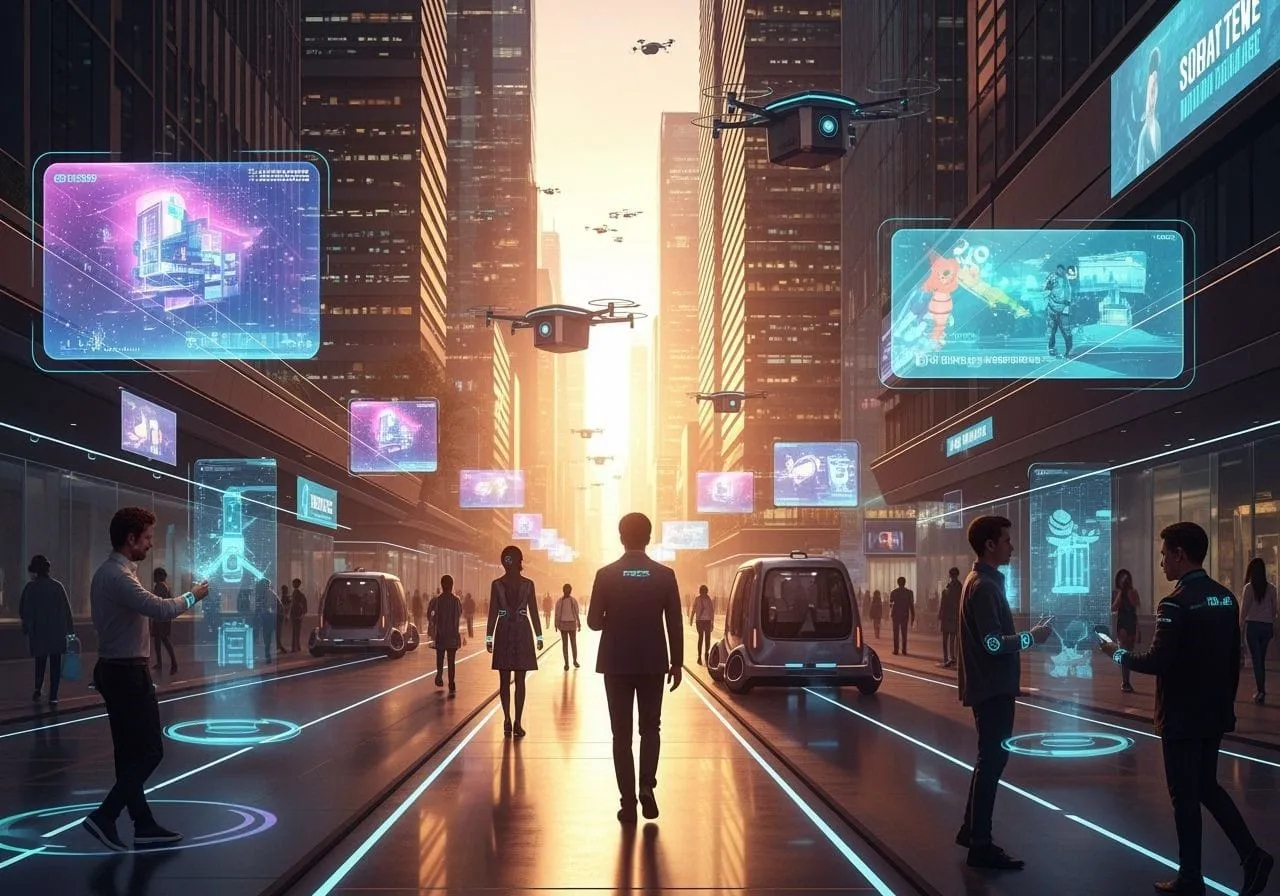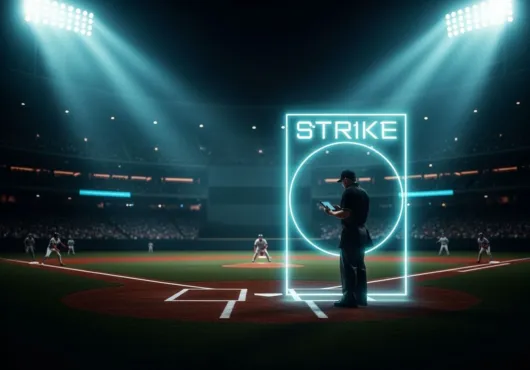The Next Election Won’t Just Be Fought—It’ll Be Programmed
If you thought social media already made politics feel like a rigged simulation, buckle up. The next election won’t be decided solely by door-knockers or debate stage zingers—it’ll be shaped by neural networks, data brokers, and AI-driven persuasion engines that know more about your vote than you do. And no, that’s not hyperbole. It’s just 2025.
While policymakers drag their feet on even defining AI regulation, the tech is already at the wheel, steering influence campaigns, spinning narratives, and scraping your digital footprint for psychological leverage. It’s not science fiction. It’sa campaign strategy.
Meet the New Campaign Staffer: An Algorithm
Forget TV ads and lawn signs. Today’s political campaigns have a new MVP: machine learning models trained to predict your behaviors, your fears, and your likely voting patterns. These aren’t just tools for targeting—they’re engines for pre-emption. They guess what you’ll care about before you even decide to care.
We’re talking sentiment analysis on social media in real-time. AI-generated candidate responses. Automated disinformation pipelines. You don’t need a war room when the algorithm can spin out 500 variations of a tweet and A/B test them on the fly.
The line between manipulation and strategy? Blurred—then automated.
Botnets Don’t Need Opinions—Just Reach
Previous election cycles didn’t just give us a preview: It was a blueprint. Fake accounts are pushing inflammatory content. Troll farms are amplifying division, and targeted ads are tailored to stir outrage, too. But those were baby steps. Now? Entire botnets are being AI-trained to mimic authentic behavior: they like, comment, and share like real people. They argue just convincingly enough to stoke division, but not enough to get flagged.
And the worst part? Many of these bots are disposable. Trained, deployed, and erased—all before detection tools can catch up. Meanwhile, the conversation gets poisoned.
Information Overload Meets Trust Bankruptcy
In a healthy democracy, voters need two things: access to information and a baseline of trust. AI is threatening both. Recommendation algorithms already prioritize outrage and virality over nuance. Add generative tools to the mix, and suddenly we’ve got deep pseudo-journalism, AI-manipulated video, and fake expert takes flooding timelines.
Even if the facts are out there, who has time—or energy—to verify?
The result: confusion by design. The goal isn’t to convince you of a lie. It’s to convince you there’s no truth at all.
The Real Threat Isn’t Misinformation—It’s Misrepresentation
Not all AI election interference is about faking content. Some of it’s about faking consensus. Coordinated amplification makes niche beliefs look mainstream. AI-powered trend manipulation can get garbage ideas trending globally within hours. And the more we rely on platforms to tell us what “everyone” is thinking, the easier it is to tilt the Overton window without anyone noticing.
That’s not just spooky. That’s structural.
What Can We Do, Or Should We Do
The answer is education, being transparent, and paying attention to regulation. Of course, that isn’t fast enough for the average person. So what can individuals actually do?
Final Note: The Algorithm Doesn’t Vote—You Do
AI won’t fill out your ballot, but it’s doing everything short of that. From manipulating what issues rise to the top to framing how candidates are perceived, the real election is happening before the votes are cast. It’s happening in your feed, in your inbox, and in the code that decides what you see next.
Ballots and botnets might sound like a punchline—but it’s already the punchline to a very serious joke.
And the joke’s on democracy if we’re not paying attention.



